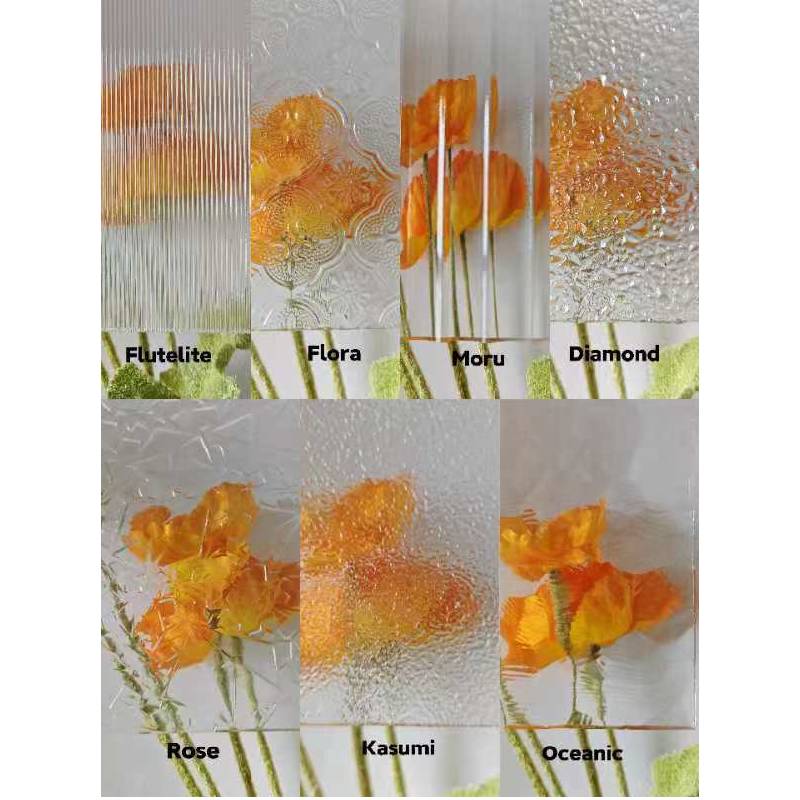

The Fascinating Transition From Clear to Frosted Glass
Glass has been a fundamental material in architecture, design, and everyday objects for centuries. Its versatility and aesthetic qualities have enabled it to transform spaces, moods, and experiences. Among the various forms of glass, the transition from clear to frosted glass presents a captivating transformation that serves both practical and aesthetic purposes. This article delves into the reasons behind this change, its applications, and the artistry involved in frosted glass.
At its core, clear glass is heralded for its transparency and clarity, making it a popular choice for windows, doors, and decorative items. It allows light to stream through, illuminating rooms and creating an open, airy feel. However, there are instances where the need for privacy or a softer diffusion of light becomes paramount. This is where frosted glass enters the scene, providing a valuable alternative.
The Fascinating Transition From Clear to Frosted Glass
One of the most compelling aspects of frosted glass is its aesthetic appeal. It offers a contemporary touch to interiors, blending seamlessly with modern design principles. The gentle translucence of frosted glass can soften stark spaces, introducing an inviting element that complements various design styles. It can be used in sliding doors, room dividers, and even decorative pieces, imparting a touch of elegance while maintaining functionality.

Moreover, the transition from clear to frosted glass is often seen as a symbol of the evolution of design thinking. As society progresses, so do the needs and desires of its inhabitants. Today's architecture increasingly demands solutions that concede to a sense of community while respecting individual privacy. Frosted glass addresses these needs perfectly—it allows for the fusion of openness and intimacy in any space, fostering a harmonious living and working environment.
In commercial settings, frosted glass is frequently utilized in conference rooms and offices. Here, it functions not just as a barrier, but also as a canvas for creativity. Companies often print logos or artistic patterns onto frosted glass, transforming mundane office partitions into striking visual statements. This trend reflects a shift toward innovation in workspace design, where functionality is intertwined with aesthetic appeal, promoting both productivity and well-being.
The sustainability aspect of using glass also cannot be overlooked. As architects and designers seek environmentally friendly materials, glass stands out due to its recyclability and longevity. Frosted glass, by extending the life and durability of its applications, contributes to a more sustainable approach to design. Its ability to limit energy consumption by allowing natural light while minimizing glare also positions it as an eco-conscious choice.
In conclusion, the transition from clear to frosted glass is more than a functional change; it marks a significant evolution in design thought and societal needs. By providing a means to ensure privacy while embracing light, frosted glass represents a harmonious balance that is both practical and beautiful. Whether in residential homes or corporate environments, it serves as a poignant reminder of how materials can adapt and evolve in response to human emotion, creativity, and sustainability. In this ever-changing world, frosted glass not only illuminates our spaces but also uplifts our experiences, making the mundane extraordinary.